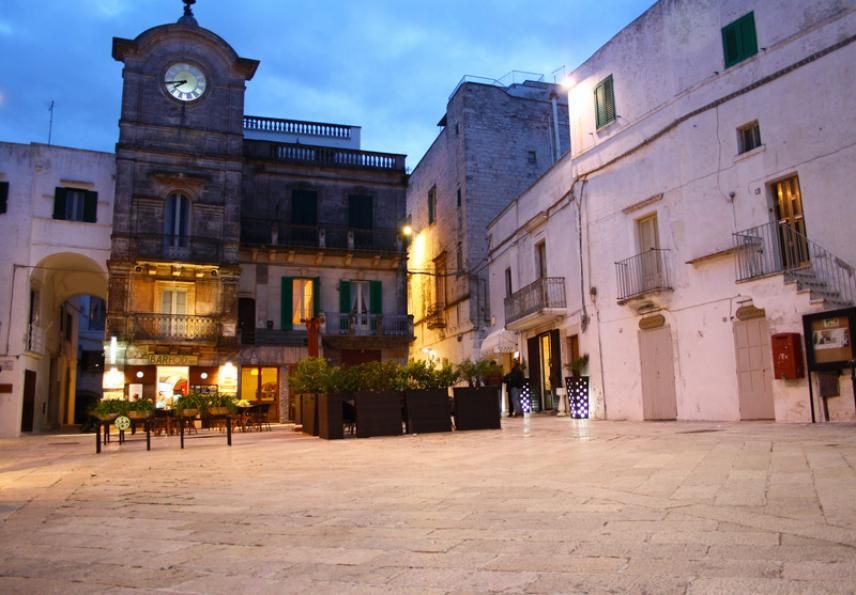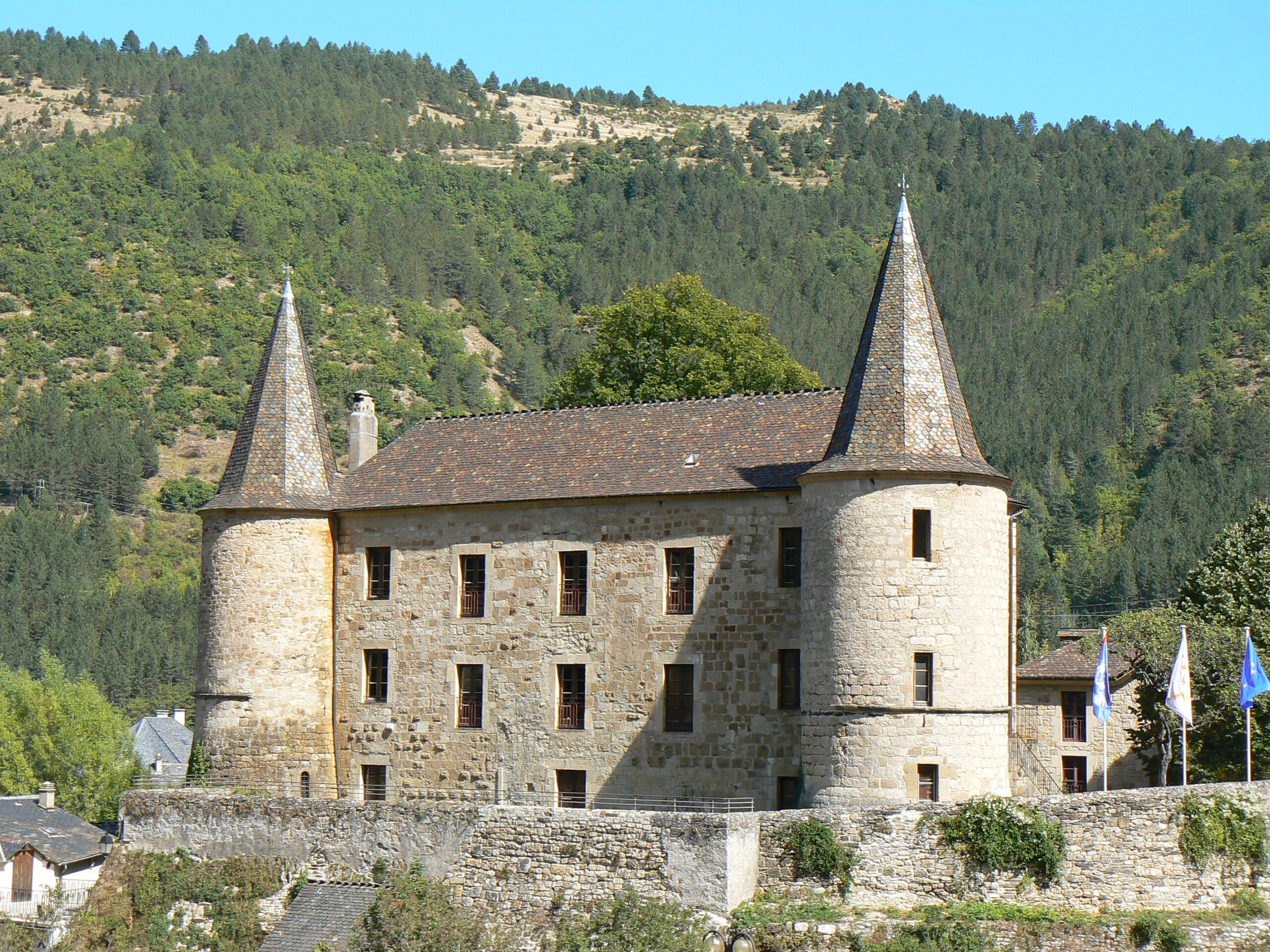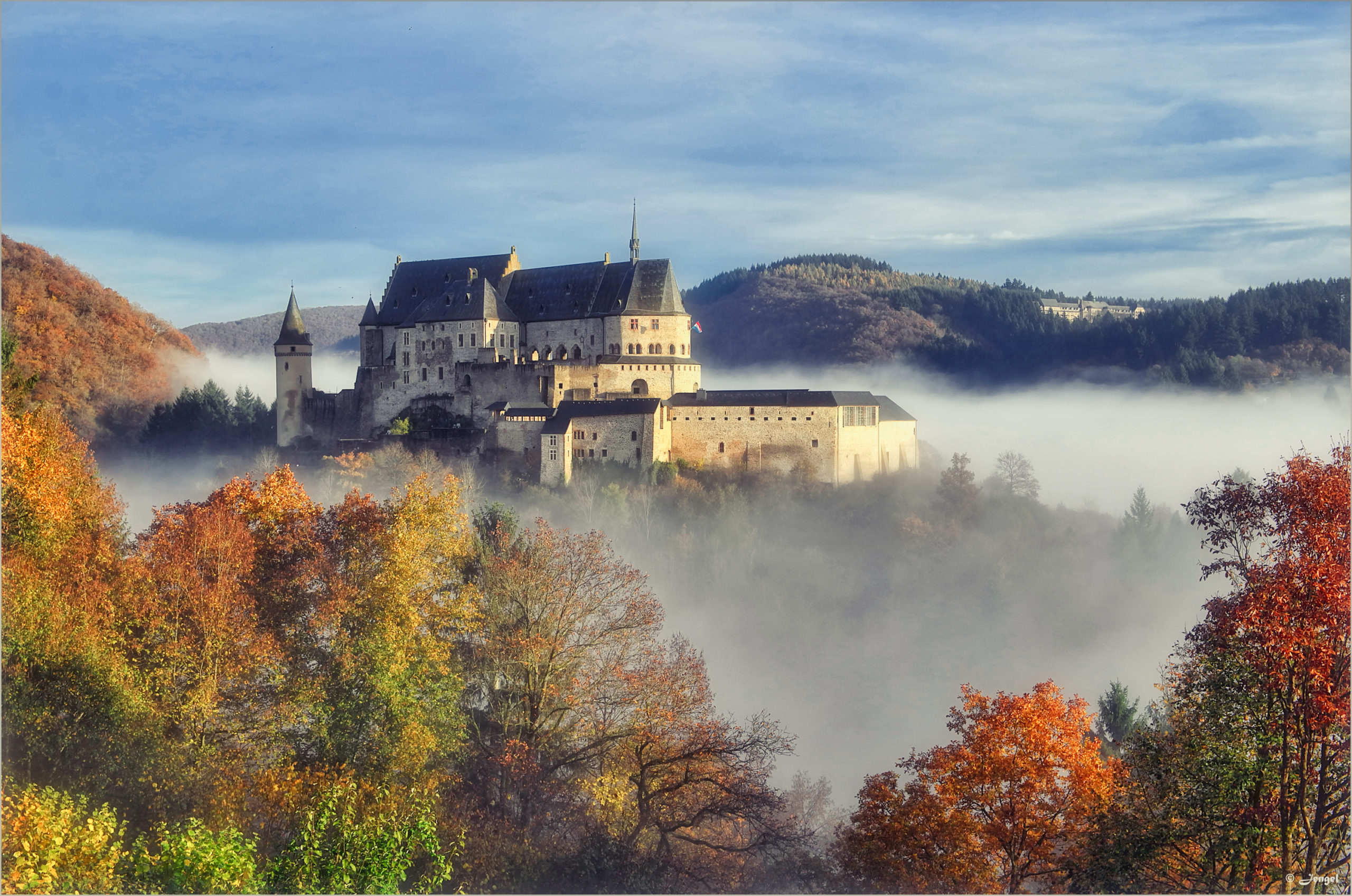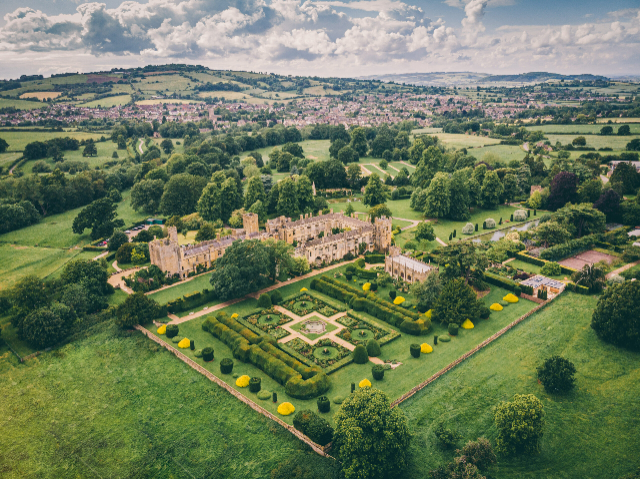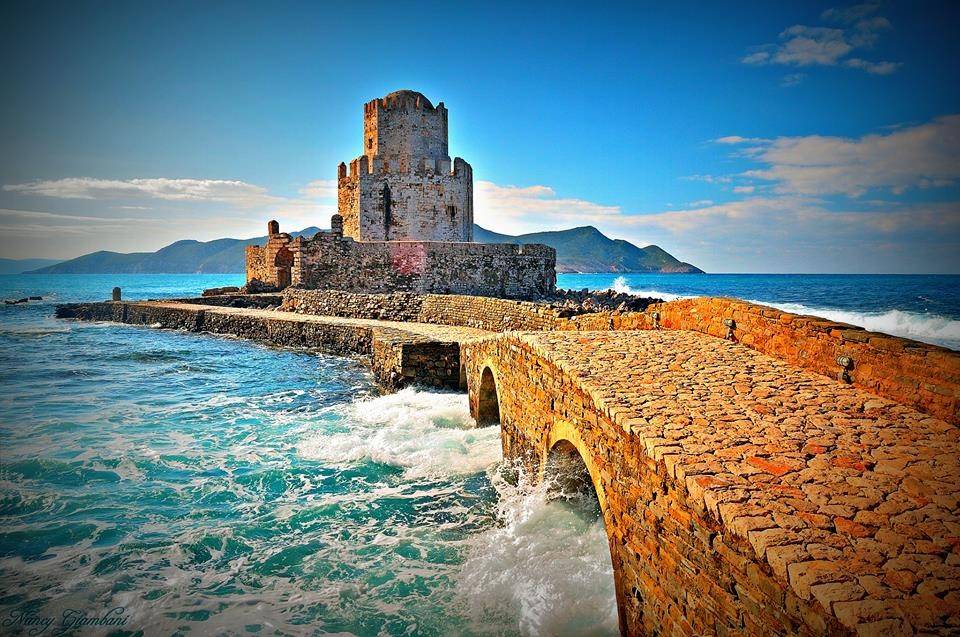Palazzo Pianetti, the current seat of the Municipal Art Gallery, is a significant example of 18th century architecture. Begun in 1748 on commission of the noble family of the Marquises Pianetti by the painter-architect Domenico Luigi Valeri (1701-1770) and finished around 1781, it has a central body with two floors and at the extremities two wings that extend towards the Italian garden, architecturally closed by a terrace that runs around the courtyard. A marble staircase with a double ramp built by the architect Angelo Angelucci da Todi, in 1858, allows access to the upper floors: on the walls are stucco bas-reliefs depicting poets, musicians and scientists. On the first floor are the "Gallery" with stucco and "rococo" paintings and the rooms decorated with the Stories of Aeneas. On the second floor are the rooms where the Pianetti family lived: halls, studies, sitting rooms, bedrooms, bathrooms decorated at the end of the 18th century by the painter Luigi Lanci and later by the Florentine artist Olimpio Bandinelli with gallant themes and Arcadian scenes. In the attic there are small apartments for servants. The internal façade overlooking the garden is marked by horizontal stringcourses and vertical pilasters and presents a rhythmic alternation of doors and windows, some of which have a small balcony, the work of the Venetian Antonio Croatto. The façade overlooking the street is not by Valeri but probably by a pupil of the architect Alfonso Torreggiani and it recalls the scheme and the typology of Palazzo Aldovrandi, built in Bologna in 1744. In 1859, on the occasion of the marriage between Vincenzo Pianetti and the Florentine countess Virginia Azzolino, the palace underwent extensive renovations by the architect Angelucci. The intervention was not limited to the masonry work, but extended to the furnishings, the design of new doors and windows, fireplaces, wall hangings and interior decorations. On this occasion the still existing staircase was built. The worsening of the economic situation of the family led, in 1891, to the works of rationalization of the interiors and their adjustment in view of the rent of part of the property. In 1901 there is the final sale of the palace in favour of the Tesei family. In the last forty years the Municipality of Jesi has gradually acquired Palazzo Pianetti which, after the necessary restoration work, has become the seat of the Pinacoteca Civica.


